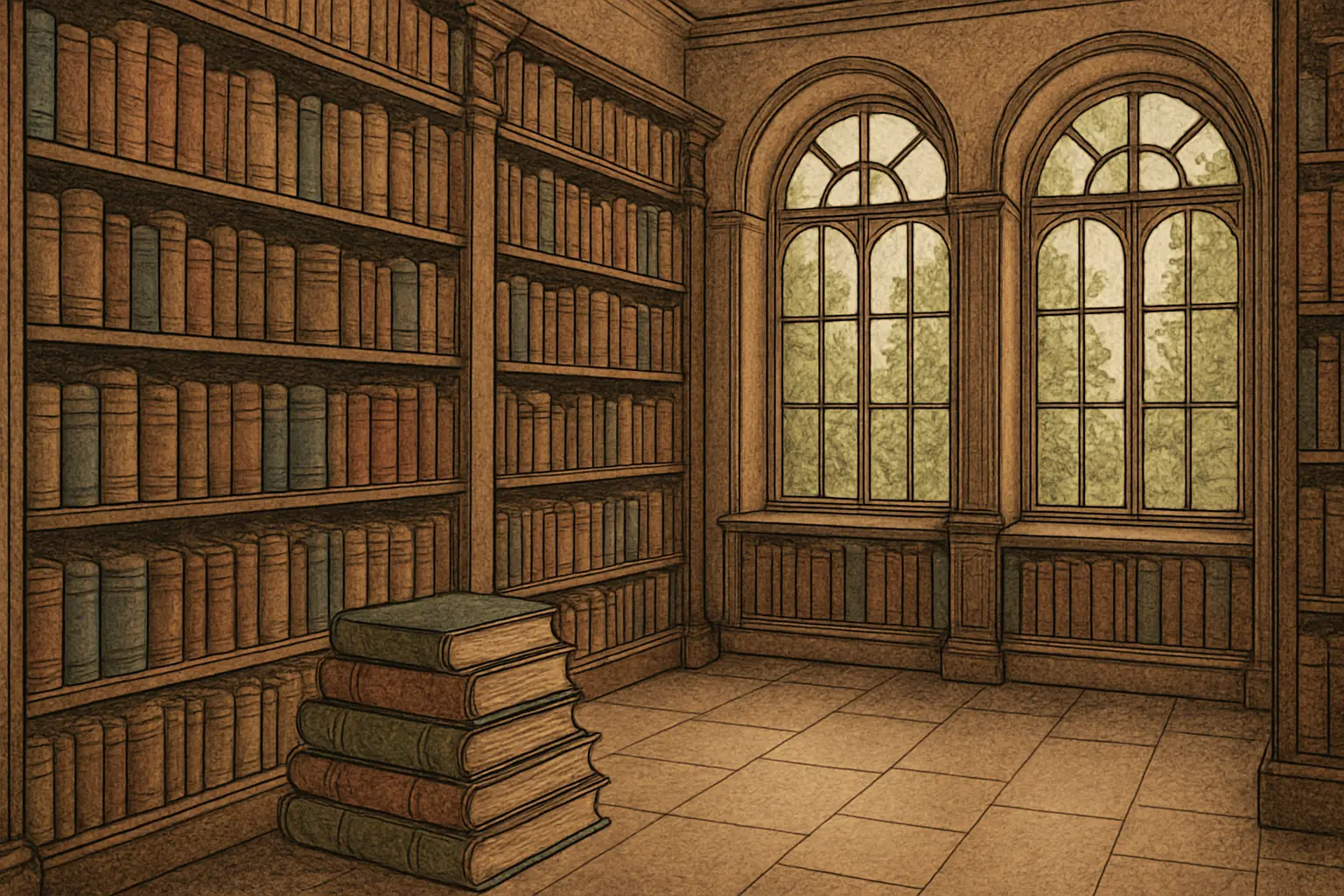Table of Contents
ToggleWhat is the Haze?
In werewolf romance, the term “Haze” refers to a state experienced by werewolves and other shifter races that heightens their primal desires. The idea of the Haze originates in the bestselling series The Millennium Wolves, a paranormal romance novel by Sapir Englard, published on GALATEA.
The Haze, essentially, is a heightened state of arousal. It can be compared to an extended and extremely intense mating season. It can be a collective experience, as is explored in Book 1 of The Millennium Wolves, in which entire wolf packs become mad with lust at once, or it can be more localized, as is explored in later books in the series.
At its core, the Haze is a rush of pheromones, triggered by either lunar phases or by contact with other “hazed” creatures, which changes your behavior and consciousness. The main characteristic of the Haze is that it triggers a feeling of desire; a much more powerful version of being “in heat.”
What Happens to a Werewolf Experiencing “The Haze”?
Heightened senses, increased strength, speed, and agility, as well as a loss of inhibitions and control – all come together and push a werewolf to act on their most primal instinct (the urge to mate).
Physical transformation is one of the possible outcomes of this state. So a shift from a human form into a wolf form. More important is the emotional part of this process – feelings of desire, passion, and aggression take over, blurring the line between animalistic impulses and human consciousness.
For example, Sienna, the main character of the Millennium Wolves series, wants to remain a virgin but struggles to do so as she experiences the Haze. And not only does she need to control herself, but she also needs to watch out for the other werewolves in her pack trying to mate with her.
Forbidden desire, inner conflict, and the struggle for control
Werewolves experiencing the Haze often struggle with self-control due to the overwhelming influence of their primal instincts and emotions. Here’s why.
Heightened Animalistic Instincts

During the Haze, werewolves experience a surge in their animalistic instincts, which can overpower their rational consciousness. These instincts, such as the urge to hunt, mate, and protect territory, are deeply ingrained and difficult to resist, leading to impulsive and instinctual behavior.
Loss of Inhibitions
The Haze often results in a loss of inhibitions for werewolves, causing them to act on their impulses without considering the consequences. In this heightened state, werewolves may abandon restraint and indulge in their desires without regard for social norms or personal boundaries.
Intensified Emotions
Werewolves undergoing the Haze experience intensified emotions, including passion, desire, and aggression. These heightened emotions can cloud judgment and impair self-control, leading to impulsive and reckless behavior in romantic and interpersonal relationships.
Collective Triggers
As is explored in Book 2 of the Millennium Wolves series, the Haze can be triggered by a single character experiencing powerful emotions, through their pheromones. When one character, especially someone powerful, begins to experience the Haze, others begin to feel it as well. These “collective triggers” make the heightened emotional states all the more difficult for Werewolves to control.
Common Themes
Forbidden Desire
The theme of forbidden desire is central to many werewolf romance novels, especially those that depict the Haze phenomenon. Werewolves often struggle with their primal instincts and desires, leading to forbidden or taboo relationships with humans or other supernatural beings. The Haze serves as a catalyst for intense, passionate encounters that defy societal norms and expectations.
The Haze can also affect non-werewolves. For example, in Alpha of the Millennium, a Millennium Wolves spin-off (also found on GALATEA), we learn about how the Haze affects other races – though it doesn’t always have the same effect. Sometimes, it causes a state of confusion, in others, more of a state of euphoria.
Erotic Sensuality

Erotic romance novels about werewolves often feature scenes of sensual and erotic intimacy, heightened by the primal energy of the Haze. These scenes are characterized by vivid descriptions, sensual imagery, and intense physical passion between werewolf characters and their romantic partners. The Haze amplifies the erotic tension and chemistry between characters, leading to steamy and seductive encounters.
In Millennium Wolves Book 1, for instance, the main character Sienna is cornered by the alpha of her pack, Aiden, who, in the midst of the Haze, corners her and marks her as his own for the season. We definitely recommend to read it!
Romantic Conflict and Tension
The Haze phenomenon can create romantic conflict and tension within werewolf romance novels, as characters struggle to reconcile their primal desires with their human emotions and moral values. Werewolves may grapple with feelings of guilt, shame, or self-doubt as they navigate the complexities of their romantic relationships during the Haze. This conflict adds depth and emotional resonance to the story, driving character development and narrative tension.
Identity and Transformation
The Haze serves as a metaphor for transformation and self-discovery in many werewolf romance novels. Werewolves must confront their dual nature as both human and beast, grappling with questions of identity, belonging, and acceptance. The Haze can represent a journey of self-acceptance and empowerment for werewolf characters as they embrace their true selves and find love and acceptance in the arms of their romantic partners.
Origins of the Phenomenon
Folklore and Mythology
Stories of werewolves and shape-shifters have existed in various cultures and mythologies throughout history. In many of these traditions, werewolves are depicted as humans who possess the ability to transform into wolves or wolf-like creatures under certain conditions, such as during the full moon or as a result of a curse or magical ritual. These tales often involve themes of primal instincts, animalistic behavior, and the struggle between humanity and savagery.
Literary Influences
The depiction of werewolves in literature has evolved over time, influenced by works such as “The Werewolf” by Clemence Housman (1896) and “The Wolf-Leader” by Alexandre Dumas (1857). These early stories introduced themes of transformation, animalistic desires, and the duality of human and beastly nature.
Twentieth-Century Werewolf Fiction
The werewolf genre experienced a resurgence in popularity during the twentieth century, with authors like Bram Stoker, H.P. Lovecraft, and Stephen King incorporating werewolf characters into their works. These stories often explored themes of horror, suspense, and psychological transformation, laying the groundwork for the development of werewolf romance literature.
Modern Werewolf Romance
In the latter half of the twentieth century and into the twenty-first century, werewolf romance literature emerged as a distinct subgenre within paranormal romance. Authors such as Patricia Briggs, Sherrilyn Kenyon, and J.R. Ward popularized werewolf characters as romantic leads in their novels, often incorporating elements of the Haze phenomenon into their stories.




